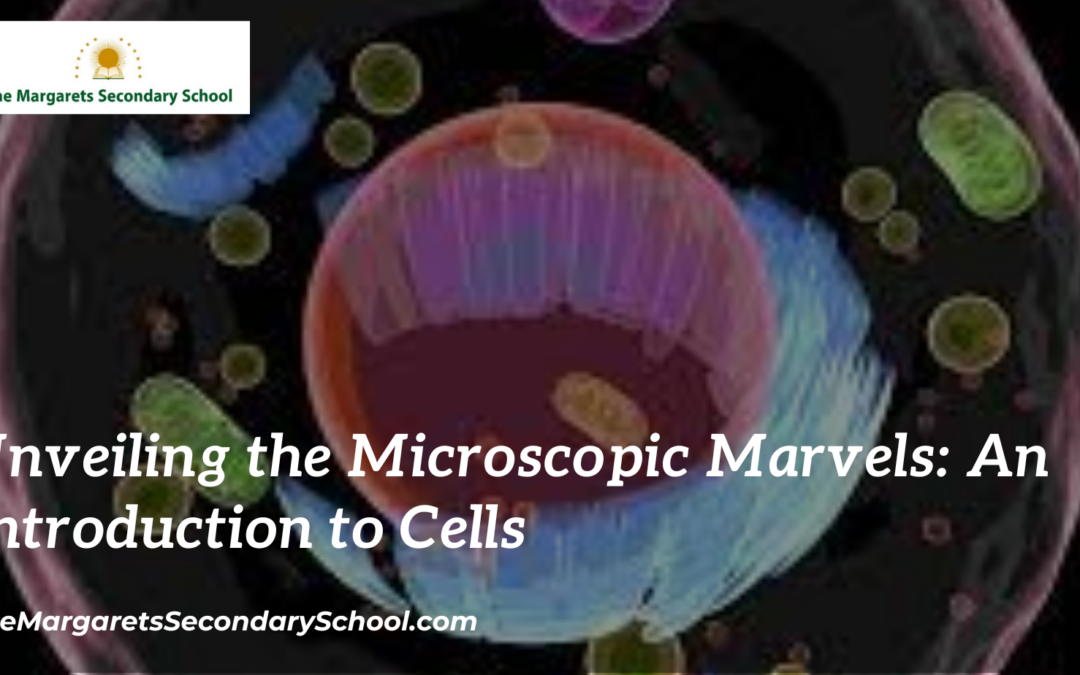Introduction to Cells
In the vast tapestry of life, a realm of unimaginably small entities holds the key to the diversity, complexity, and unity of all living organisms. These entities, known as cells, are the building blocks of life, each a microcosm of activity and organization. This article serves as an introductory exploration into the world of cells, shedding light on their structure, functions, and the profound role they play in the intricate dance of biology.
Cells: The Fundamental Units of Life
Cells stand as the foundation upon which all living organisms are constructed. From the towering sequoias of ancient forests to the intricate complexity of the human body, every living entity is composed of one or more cells. These microscopic structures are remarkably diverse in form and function, but they all share certain fundamental characteristics.
Cell Structure: A Universe Within
While cells come in various shapes and sizes, they all possess certain structural components:
- Cell Membrane: The outer boundary of the cell, the cell membrane, acts as a selective barrier, controlling the passage of substances in and out of the cell.
- Cytoplasm: This gel-like substance fills the interior of the cell and houses various organelles and structures.
- Nucleus: Often referred to as the cell’s control center, the nucleus contains genetic material in the form of DNA, which directs cellular activities.
Types of Cells: Unity in Diversity
Cells can be broadly categorized into two main types: prokaryotic and eukaryotic.
- Prokaryotic Cells: These are simpler and lack a true nucleus. Bacteria and archaea are examples of organisms composed of prokaryotic cells.
- Eukaryotic Cells: More complex, eukaryotic cells have a defined nucleus that houses their genetic material. This category includes cells found in plants, animals, fungi, and protists.
Cell Functions: The Symphony of Life
Cells perform an astonishing array of functions, each essential for the survival and functioning of the organism:
- Energy Production: Cells generate energy through processes like cellular respiration (breaking down glucose) and photosynthesis (converting light energy into chemical energy).
- Synthesis and Replication: Cells produce molecules necessary for growth, repair, and reproduction. DNA replication ensures the inheritance of genetic material.
- Response and Communication: Cells can detect and respond to external signals, allowing organisms to interact with their environment and coordinate activities within their own systems.
- Transport and Storage: Cells transport nutrients, ions, and waste products across their membranes. They also store energy in the form of molecules like glucose and lipids.
- Structural Support: In multicellular organisms, cells contribute to the structure and integrity of tissues and organs.
The Cell: A Microscopic Universe
A single cell is a microcosm of life’s complexity. Within its tiny confines, intricate biochemical reactions unfold, organelles work in harmony, and the genetic code orchestrates the dance of growth and reproduction. As we peer through microscopes, we glimpse the invisible realm of cells – a realm that connects us to the intricate web of life on Earth.
Cell Biology: An Ever-Evolving Frontier
Cell biology is a field of scientific exploration that continually uncovers new insights and challenges our understanding of the intricacies of cells. With each discovery, we gain a deeper appreciation for the wonders of life and the remarkable role that cells play in shaping the course of evolution, health, and the interconnectedness of all living things.





